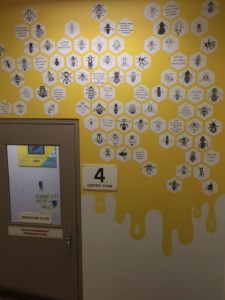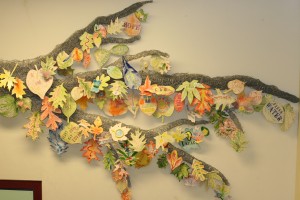Iãm really pleased to see that environmental ideas are infiltrating across the arts these days.ô When I first started to research into eco-art education, I was hard-pressed to find examples of drama, dance or music educators taking up the challenge of integrating environmental literacy into the work they did.ô Iãm sure it likely was happening in some pockets, like in visual arts education, but it wasnãt being documented or researched perhaps at the same level.ô This wasnãt due simply to a lack of professional exemplars; here in Canada weãve had many professional musicians, like R. Murray Schafer,ô Bruce Cockburn and Sarah Harmer using their music to connect to nature-based learning and environmental advocacy.
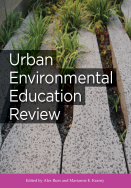 This is spreading, as artists from all of the arts disciplines are more frequently contributing their unique skills to raising awareness about environmental issues in plays, dance performances, and music videos.ô Here in Toronto we have the Broadleaf Theatre company that specializes in plays with environmental themes; their recent show The Chemical Valley Project tracks the deep challenges of environmental racism and colonialism in relation to Canadaãs petrochemical industry.ô And now thereãs lots of evidence that arts educators around the world are taking up the challenge of doing this work at all levels of education. ô I was happy to work with colleagues in the US and Australia on a chapter in a terrific book called Urban Environmental Education Review last year on this topic.ô And I was honoured this week to address a group of educators on this topic at the NORDPLUS Horizontal Green Actions conference in Finland; they had come together from Greenland, Iceland, Denmark, Norway, and Latvia to discuss, debate, and share promising practices in this area (thanks to David Yoken for the invitation!)ô Maybe we have reached a tipping point in the arts ã imagine what could happen if we all applied our creativity and innovation to the greatest environmental challenges of our times?
This is spreading, as artists from all of the arts disciplines are more frequently contributing their unique skills to raising awareness about environmental issues in plays, dance performances, and music videos.ô Here in Toronto we have the Broadleaf Theatre company that specializes in plays with environmental themes; their recent show The Chemical Valley Project tracks the deep challenges of environmental racism and colonialism in relation to Canadaãs petrochemical industry.ô And now thereãs lots of evidence that arts educators around the world are taking up the challenge of doing this work at all levels of education. ô I was happy to work with colleagues in the US and Australia on a chapter in a terrific book called Urban Environmental Education Review last year on this topic.ô And I was honoured this week to address a group of educators on this topic at the NORDPLUS Horizontal Green Actions conference in Finland; they had come together from Greenland, Iceland, Denmark, Norway, and Latvia to discuss, debate, and share promising practices in this area (thanks to David Yoken for the invitation!)ô Maybe we have reached a tipping point in the arts ã imagine what could happen if we all applied our creativity and innovation to the greatest environmental challenges of our times?


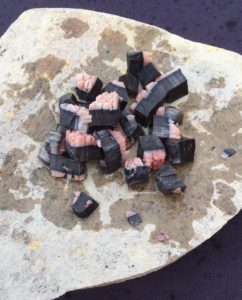
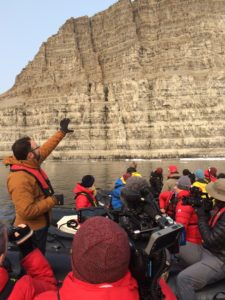




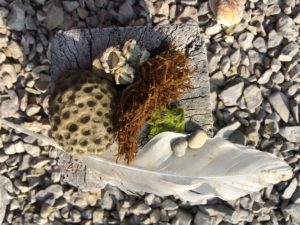
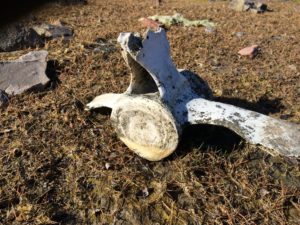
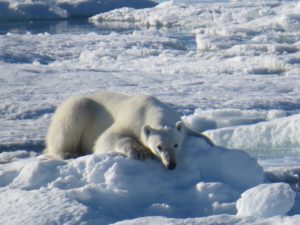
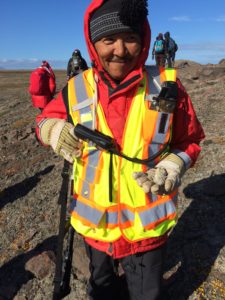
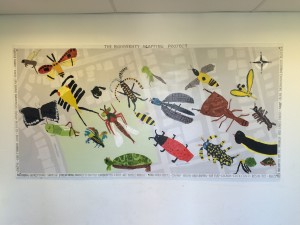
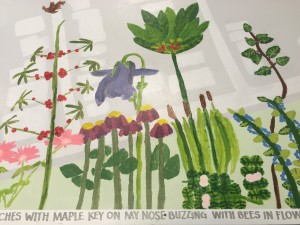
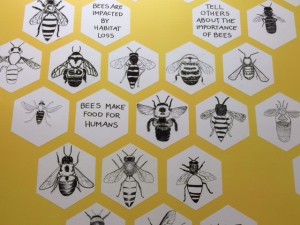 ô
ô 